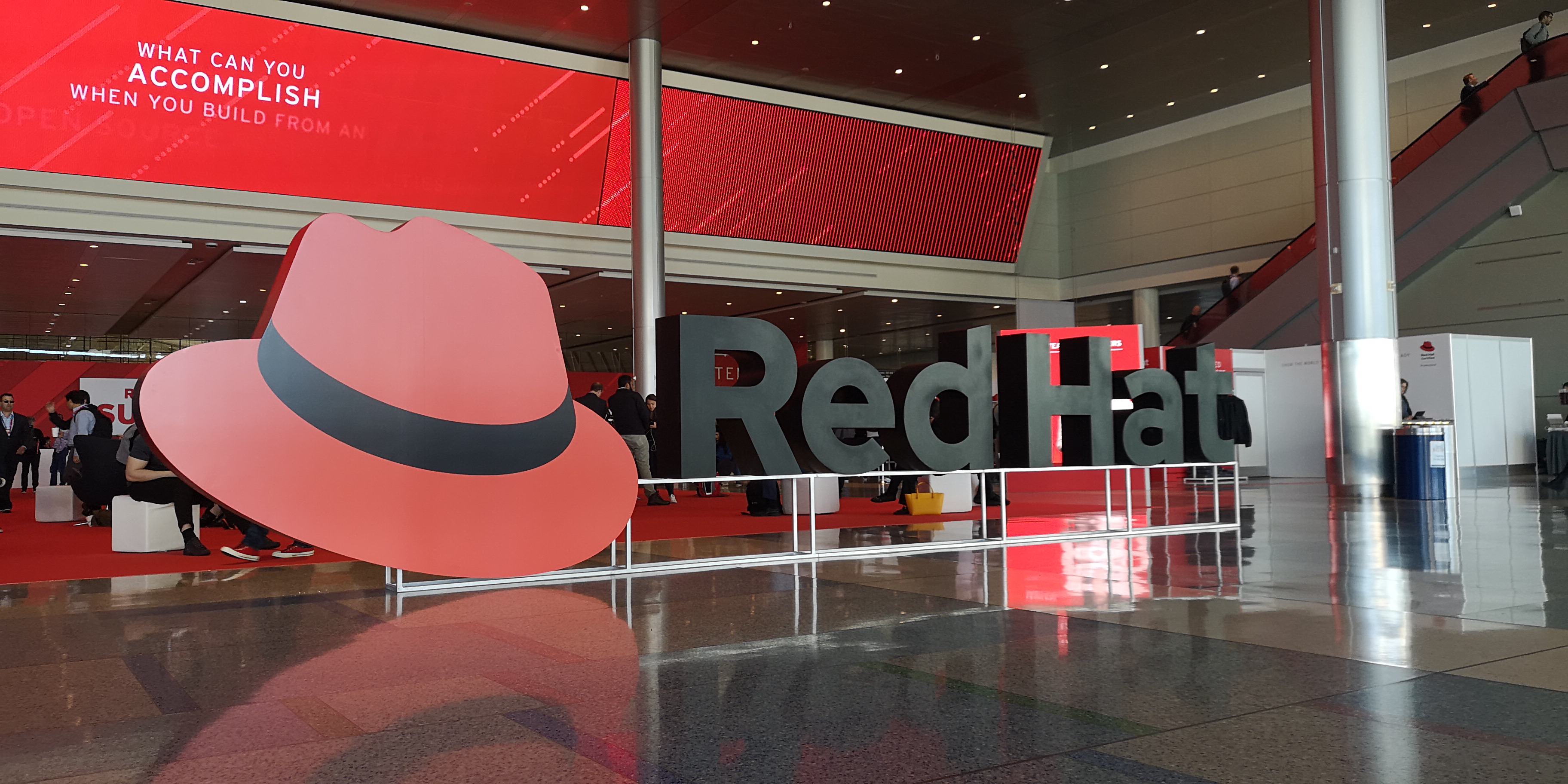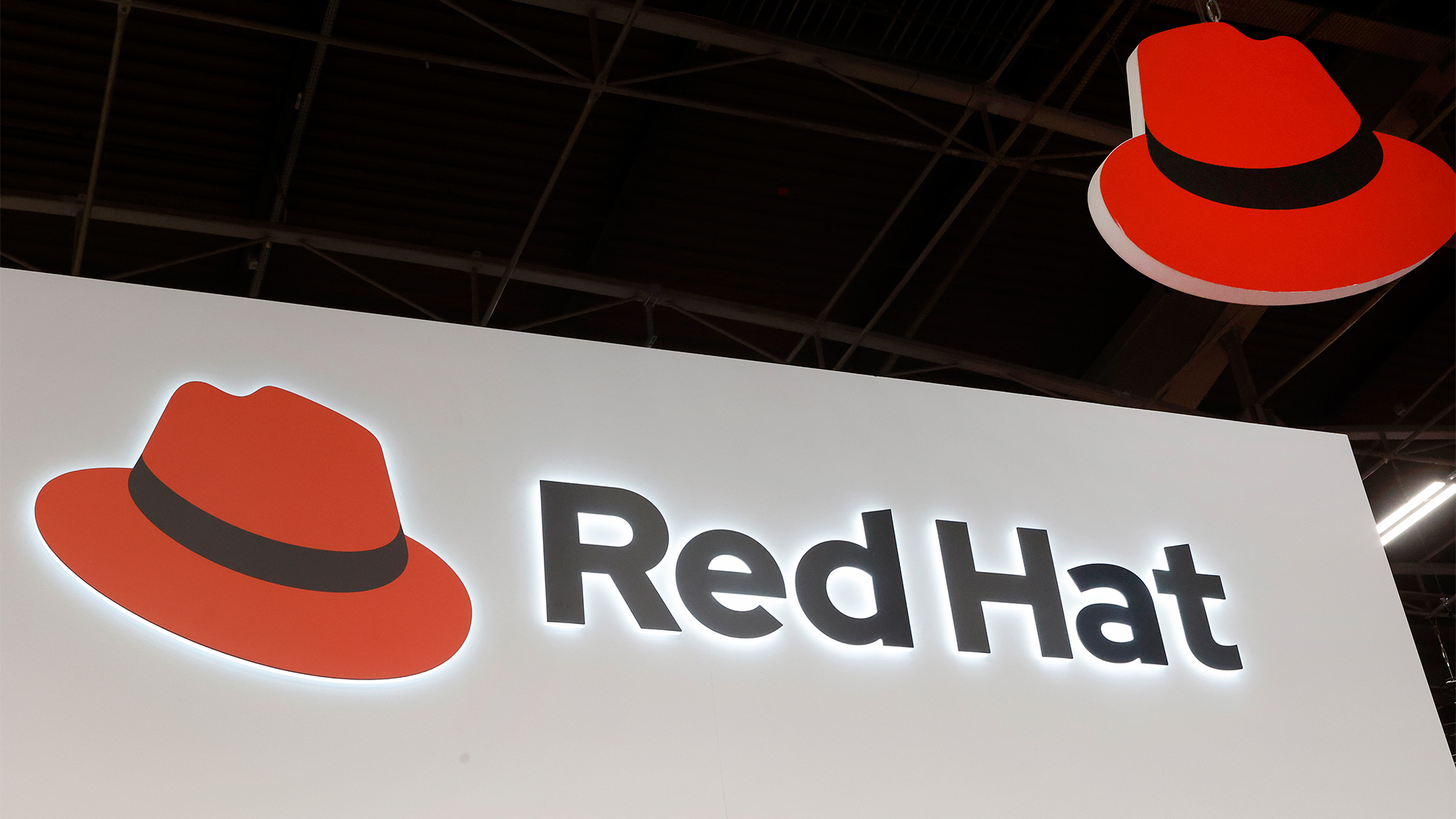Red Hat pushes hybrid cloud to the edge
OpenShift support extended to more cloud environments


Red Hat has unveiled new edge capabilities for Red Hat Enterprise Linux. The firm has also expanded the number of supported environments for Red Hat OpenShift, including leading public clouds and multiple datacenter architectures, like IBM Z and Power Systems.
At this year’s KubeCon + CloudNativeCon, Red Hat launched several edge-focused updates to Red Hat Enterprise Linux, including the rapid creation of operating system images for the edge through the Image Builder capability.
Red Hat at the crossroads Novell and Red Hat sued for patent infringement Red Hat teams up with IBM, Microsoft to streamline hybrid cloud app development How the enterprise can embrace hybrid cloud
The firm said this would enable IT organizations to create purpose-built images optimized for architectural challenges inherent to edge computing but customized for the needs of a given deployment.
Red Hat also unveiled remote device update mirroring to stage and apply updates at the next device reboot or power cycle, helping limit downtime and manual intervention from IT response teams.
The edge update sports over-the-air updates that transfer less data while still pushing necessary code. Red Hat aims this update at sites with limited or intermittent connectivity.
Another feature announced is Intelligent rollback built on OSTree capabilities, enabling users to provide workload-specific health checks to detect conflicts or code issues. When it detects a problem, it automatically reverts the image to the last good update to prevent unnecessary downtime at the edge.
Red Hat also announced updates to Red Hat OpenShift 4.6 intended to help enterprises accelerate cloud-native application development. The latest update to OpenShift Serverless with Red Hat OpenShift Serverless 1.11 brings full support for Knative eventing, enabling containerized applications to consume only the resources they need at a given time, which prevents over- or under-consumption.
Get the ITPro daily newsletter
Sign up today and you will receive a free copy of our Future Focus 2025 report - the leading guidance on AI, cybersecurity and other IT challenges as per 700+ senior executives
RELATED RESOURCE

Why you need to include the cloud in your disaster recovery plan
Preserving data for business success
There is also a Red Hat build of Quarkus, a Kubernetes-native Java stack fully supported by Red Hat. With a single Red Hat OpenShift subscription, customers now have full access to Quarkus, enabling developers to repurpose mission-critical Java applications on Kubernetes, backed by Red Hat’s enterprise support.
Red Hat OpenShift 4.6 now includes new edge computing features with remote worker nodes, extending processing power to space-constrained environments. This enables IT organizations to scale remotely while maintaining centralized operations and management.
OpenShift 4.6 will also extend capabilities for public-sector Kubernetes deployments, including availability on AWS GovCloud and Azure Government Cloud, extended OpenSCAP support and more.
Further extending OpenShift’s reach into the public cloud domain is Azure Red Hat OpenShift, a jointly-managed, engineered and supported offering on Microsoft Azure backed by Microsoft and Red Hat’s expertise. A similar service is expected to launch on AWS with joint management and support from Red Hat and Amazon.
Rene Millman is a freelance writer and broadcaster who covers cybersecurity, AI, IoT, and the cloud. He also works as a contributing analyst at GigaOm and has previously worked as an analyst for Gartner covering the infrastructure market. He has made numerous television appearances to give his views and expertise on technology trends and companies that affect and shape our lives. You can follow Rene Millman on Twitter.
-
 Cleo attack victim list grows as Hertz confirms customer data stolen
Cleo attack victim list grows as Hertz confirms customer data stolenNews Hertz has confirmed it suffered a data breach as a result of the Cleo zero-day vulnerability in late 2024, with the car rental giant warning that customer data was stolen.
By Ross Kelly
-
 Lateral moves in tech: Why leaders should support employee mobility
Lateral moves in tech: Why leaders should support employee mobilityIn-depth Encouraging staff to switch roles can have long-term benefits for skills in the tech sector
By Keri Allan
-
 Orange eyes cloud native gains with Red Hat deal
Orange eyes cloud native gains with Red Hat dealNews Orange has signed a deal with Red Hat to enhance the underlying common telco cloud foundation for Orange International Networks.
By Emma Woollacott
-
 T-Mobile dials up cloud efficiency drive with Red Hat OpenShift deal
T-Mobile dials up cloud efficiency drive with Red Hat OpenShift dealNews T-Mobile has selected Red Hat OpenShift to power its telco cloud as part of a push to streamline services.
By Emma Woollacott
-
 EU tech firms team up to launch 'Virt8ra' sovereign edge cloud platform
EU tech firms team up to launch 'Virt8ra' sovereign edge cloud platformNews Virt8ra is aimed at reducing European dependence on hyperscalers and big tech vendors, and is already operational in six countries
By Emma Woollacott
-
 Red Hat Enterprise Linux is coming to the Nutanix Cloud Platform — here’s what you need to know
Red Hat Enterprise Linux is coming to the Nutanix Cloud Platform — here’s what you need to knowNews The Nutanix Cloud Platform will now leverage Red Hat Enterprise Linux for traditional operating system capabilities
By Daniel Todd
-
 Realize the full value of your hybrid cloud
Realize the full value of your hybrid cloudWhitepaper An open hybrid cloud platform from IBM and Red Hat is a catalyst for innovation and business value
By ITPro
-
 Three innovative technologies to address UPS challenges at the edge
Three innovative technologies to address UPS challenges at the edgeWhitepaper With increasing focus on edge computing comes added pressure for better uninterruptible power supply (UPS)
By ITPro
-
 Splunk adds AI and edge hardware to its observability product line-up
Splunk adds AI and edge hardware to its observability product line-upNews Generative AI brings natural language to SPL, and ML toolkit is updated
By Richard Speed
-
 Organisations seek SSE solutions to help ease pain of remote work
Organisations seek SSE solutions to help ease pain of remote workWhitepaper How ZTNA wins the network security game
By ITPro